Effective Methods to Clean Your Toothbrush
Maintaining a clean toothbrush is crucial for optimal oral hygiene and overall health. Toothbrushes harbor millions of bacteria, fungi, and other microorganisms that can accumulate over time, potentially leading to oral infections and other health issues. Regular cleaning and proper maintenance of your toothbrush are essential practices that significantly reduce the risk of reintroducing harmful pathogens into your mouth during daily brushing routines. This article will explore various effective methods to clean your toothbrush, ranging from daily maintenance to deep cleaning techniques, as well as provide guidance on proper storage and replacement schedules.
In the following sections, we will delve into the importance of daily cleaning routines, weekly deep cleaning methods, alternative cleaning approaches, and maintenance tips to ensure your toothbrush remains a hygienic tool for oral care. By implementing these evidence-based practices, you can significantly enhance the cleanliness of your toothbrush and, consequently, improve your oral health.
Daily Cleaning Routine
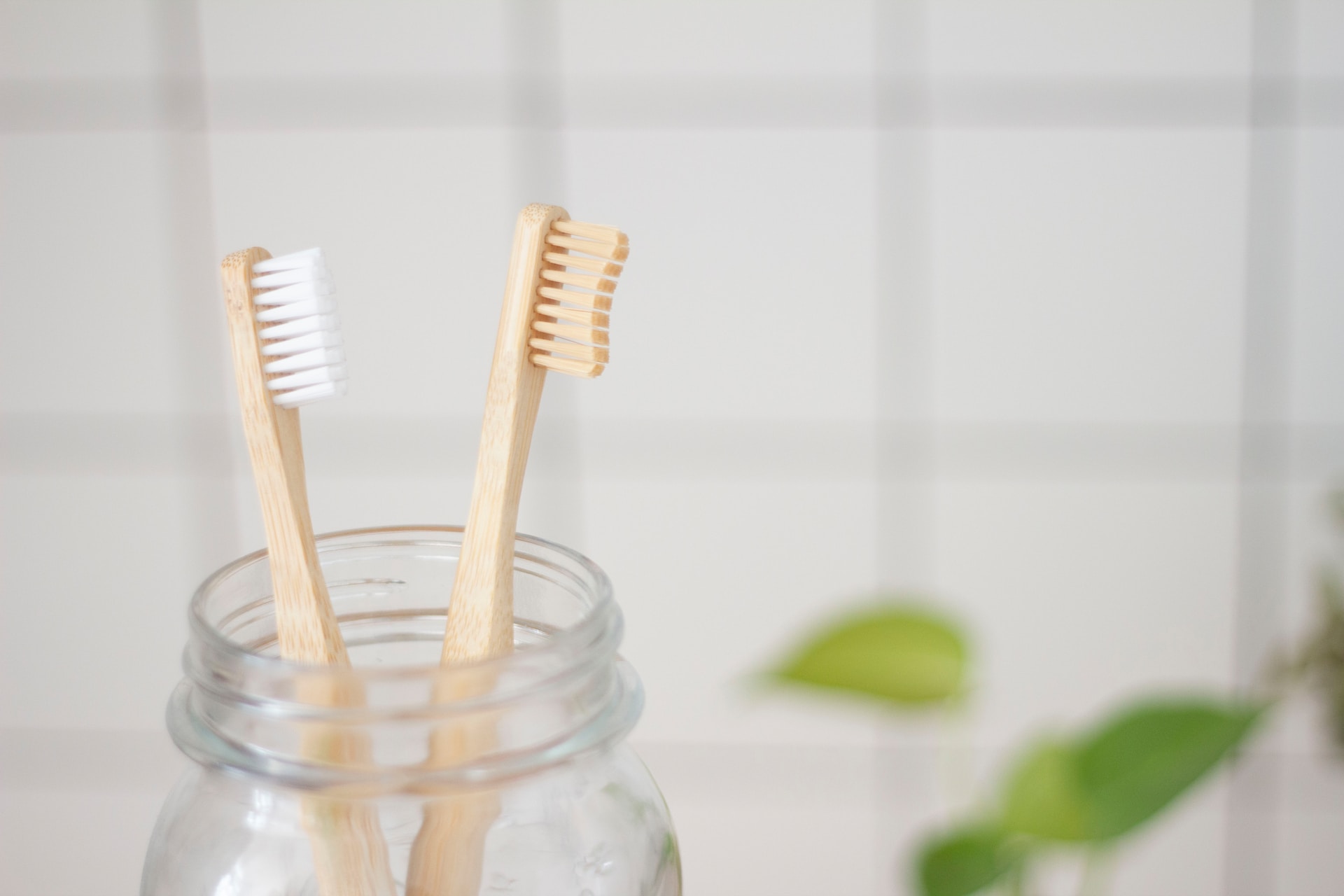
The foundation of toothbrush hygiene begins with a consistent daily cleaning routine. After each use, thorough rinsing of the toothbrush is paramount to remove toothpaste residue, saliva, and debris. Running water serves as an effective medium to cleanse both the bristles and the handle of the toothbrush. The water pressure dislodges particles and rinses away loose bacteria, providing a basic level of cleanliness.
When rinsing your toothbrush, it is crucial to pay attention to the following steps:
1. Hold the toothbrush under running water at a 45-degree angle.
2. Rotate the brush to ensure all sides of the bristles are rinsed.
3. Gently rub your thumb across the bristles to dislodge any stubborn particles.
4. Rinse the handle thoroughly, as it can also harbor bacteria.
It is important to note that while daily rinsing is essential, the use of harsh chemicals or detergents should be avoided. These substances can damage the bristles and potentially leave harmful residues that may be ingested during subsequent use. Instead, focus on using clean, potable water for your daily cleaning routine.
Weekly Deep Cleaning
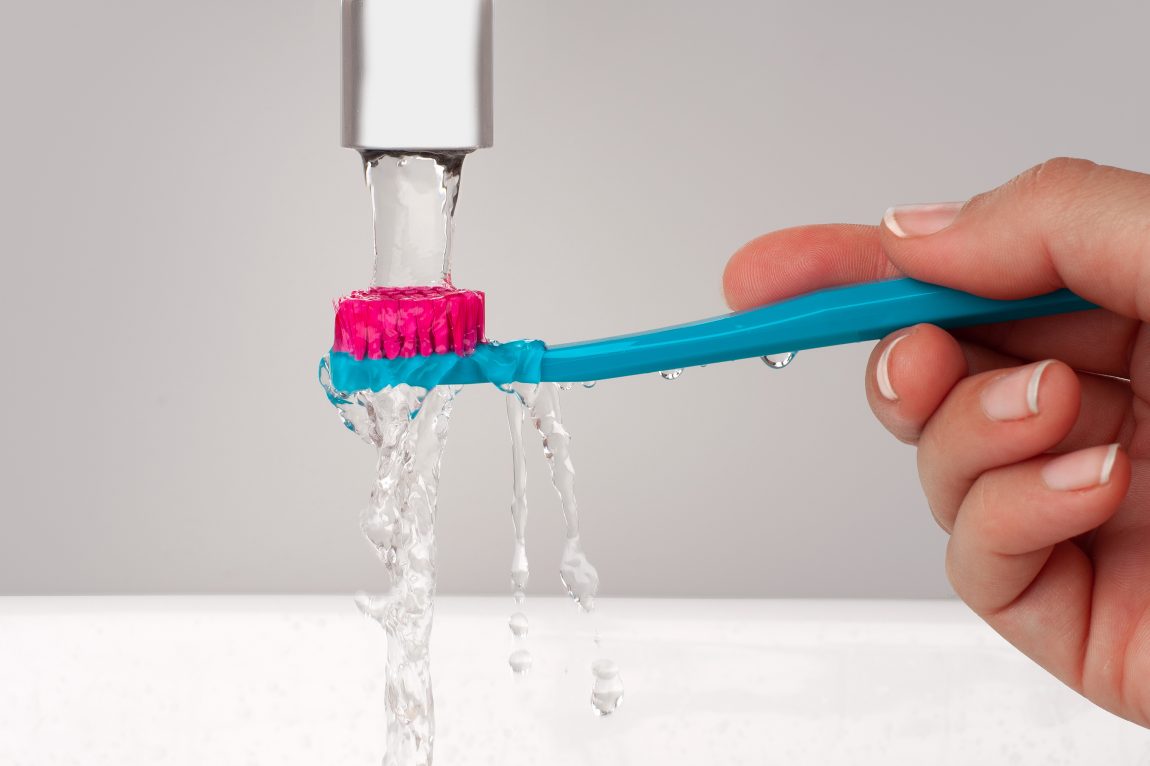
To maintain optimal hygiene, a weekly deep cleaning regimen should complement your daily routine. Soaking your toothbrush in various solutions has proven to be an effective method for reducing bacterial load and ensuring a more thorough cleanse. Here are some scientifically-backed soaking solutions and their respective procedures:
1. Baking Soda and Water Solution:
– Mix 2 teaspoons of baking soda with 1 cup of water.
– Soak the toothbrush head in the solution for 30 minutes.
– Rinse thoroughly with clean water before use.
2. Hydrogen Peroxide Solution:
– Create a 1:1 mixture of 3% hydrogen peroxide and water.
– Submerge the toothbrush head for 5-10 minutes.
– Rinse well with water after soaking.
3. Mouthwash Solution:
– Use an antibacterial mouthwash diluted with equal parts water.
– Soak the toothbrush for 2-3 minutes.
– Rinse thoroughly before use.
4. Vinegar Solution:
– Mix equal parts white vinegar and water.
– Soak the toothbrush for 30 minutes to an hour.
– Rinse extensively to remove any vinegar residue.
When implementing these soaking methods, it is crucial to adhere to the recommended durations to avoid potential damage to the bristles or handle. Additionally, always rinse the toothbrush thoroughly with clean water after soaking to remove any residual solution.
| Soaking Solution | Duration | Frequency |
|---|---|---|
| Baking Soda & Water | 30 minutes | Weekly |
| Hydrogen Peroxide | 5-10 minutes | Weekly |
| Mouthwash | 2-3 minutes | Weekly |
| Vinegar | 30-60 minutes | Weekly |
Other Cleaning Methods
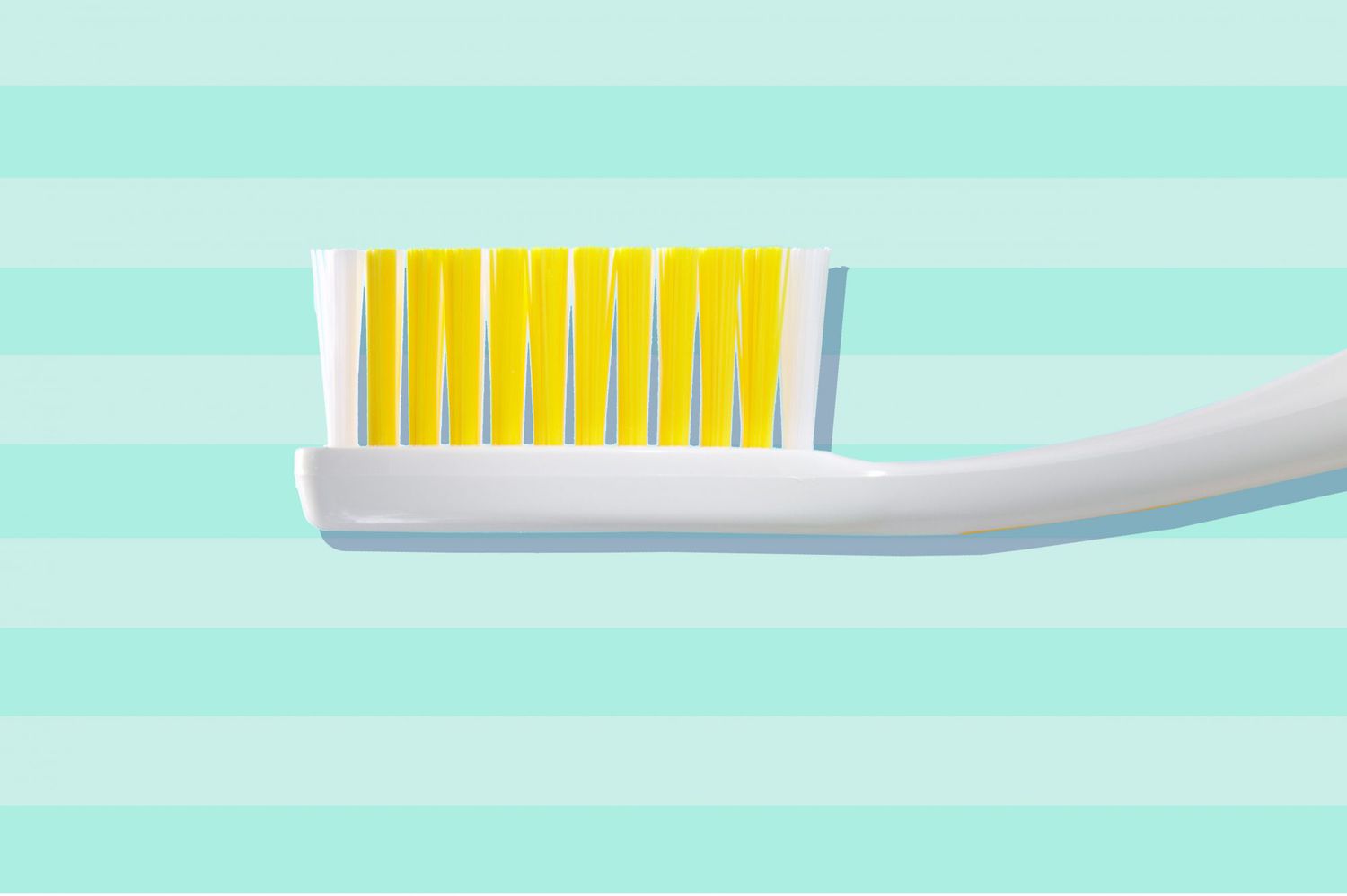
While soaking solutions are highly effective, alternative cleaning methods can also be employed to maintain toothbrush hygiene. Boiling and using specialized toothbrush cleaners are two such methods that warrant consideration.
Boiling your toothbrush can be an effective way to eliminate bacteria and other microorganisms. To implement this method:
1. Bring a pot of water to a rolling boil.
2. Carefully submerge the toothbrush head in the boiling water for 3-5 minutes.
3. Remove the toothbrush using tongs and allow it to cool before use.
It is important to note that while boiling is effective at killing bacteria, frequent boiling may damage the bristles or plastic components of the toothbrush. Therefore, this method should be used sparingly, perhaps once a month, as a supplementary cleaning technique.
Toothbrush cleaners offer another alternative for maintaining hygiene. These devices typically use ultraviolet (UV) light to sanitize toothbrushes. UV cleaners claim to eliminate up to 99.9% of bacteria on toothbrush surfaces. While these devices can be effective, they often come with a higher price tag compared to other cleaning methods. Additionally, their efficacy can vary depending on the specific model and proper usage.
When considering a toothbrush cleaner, it is essential to:
– Research reputable brands and read customer reviews.
– Ensure the device is FDA-approved for safety.
– Follow the manufacturer’s instructions for optimal results.
– Remember that UV cleaners do not physically remove debris, so rinsing is still necessary.
Maintenance and Replacement
Proper maintenance and timely replacement of your toothbrush are crucial aspects of oral hygiene that complement cleaning efforts. Recognizing the signs of a worn-out toothbrush is essential for maintaining effective brushing and preventing the spread of bacteria.
Signs that indicate it’s time to replace your toothbrush include:
– Frayed, bent, or flattened bristles
– Discoloration of the bristles
– A noticeable change in brush texture or stiffness
– Visible mold or mildew on the brush head or handle
The American Dental Association (ADA) recommends replacing your toothbrush every 3-4 months or sooner if the bristles become frayed. Children’s toothbrushes may need to be replaced more frequently due to more vigorous brushing habits.
Proper storage of toothbrushes is equally important in maintaining hygiene. To prevent cross-contamination and reduce bacterial growth:
1. Store toothbrushes in an upright position to allow water to drain and air to circulate.
2. Avoid storing toothbrushes in closed containers, which can create a moist environment conducive to bacterial growth.
3. Keep toothbrushes separated to prevent cross-contamination between family members.
4. Position toothbrushes away from the toilet to avoid potential contamination from aerosolized toilet water during flushing.
Implementing these storage practices, along with regular cleaning and timely replacement, creates a comprehensive approach to toothbrush hygiene.
Conclusion
Maintaining a clean toothbrush is a fundamental aspect of oral hygiene that significantly impacts overall health. By implementing a combination of daily rinsing, weekly deep cleaning, and proper storage techniques, you can dramatically reduce the bacterial load on your toothbrush and minimize the risk of oral infections.
Key points to remember include:
– Rinse your toothbrush thoroughly after each use.
– Perform weekly deep cleaning using effective soaking solutions.
– Consider alternative cleaning methods like boiling or UV cleaners as supplementary techniques.
– Replace your toothbrush every 3-4 months or when signs of wear appear.
– Store toothbrushes properly to prevent cross-contamination and bacterial growth.
By adopting these evidence-based practices and maintaining a consistent cleaning routine, you can ensure that your toothbrush remains a hygienic tool for maintaining optimal oral health. Remember, a clean toothbrush is not just about fresh breath; it’s an essential component of your overall well-being. Make toothbrush hygiene a priority in your daily routine, and you’ll be taking a significant step towards better oral and general health with the best tooth brushes for receding gums.

Meet David Anderson, Your Guide to Healthier Gums Welcome, I’m David Anderson, and I’m passionate about oral health. As someone who has personally experienced the challenges of receding gums, I understand the importance of finding the right toothbrush to protect and maintain gum health. That’s why I founded goodtoothbrushesforrecedinggums.com – to share my knowledge and expertise with others who are facing similar issues. With years of research and personal experience, I’ve curated a comprehensive resource dedicated to helping you find the best toothbrushes for receding gums. On our website, you’ll find: In-depth Reviews: We rigorously test and evaluate a variety of toothbrushes specifically designed for receding gums, providing you with honest and detailed reviews to guide your decision. Informative Guides: We offer expert advice and practical tips on how to choose the right toothbrush, proper brushing techniques, and other oral care practices that can help improve gum health. Community Support: We foster a supportive community where you can connect with others who are also dealing with receding gums, share experiences, and learn from each other. At goodtoothbrushesforrecedinggums.com, we believe that everyone deserves a healthy smile. Our mission is to empower you with the knowledge and tools you need to take control of your gum health and enjoy a confident smile for years to come. Join us on our journey to healthier gums! David Anderson Founder, goodtoothbrushesforrecedinggums.com
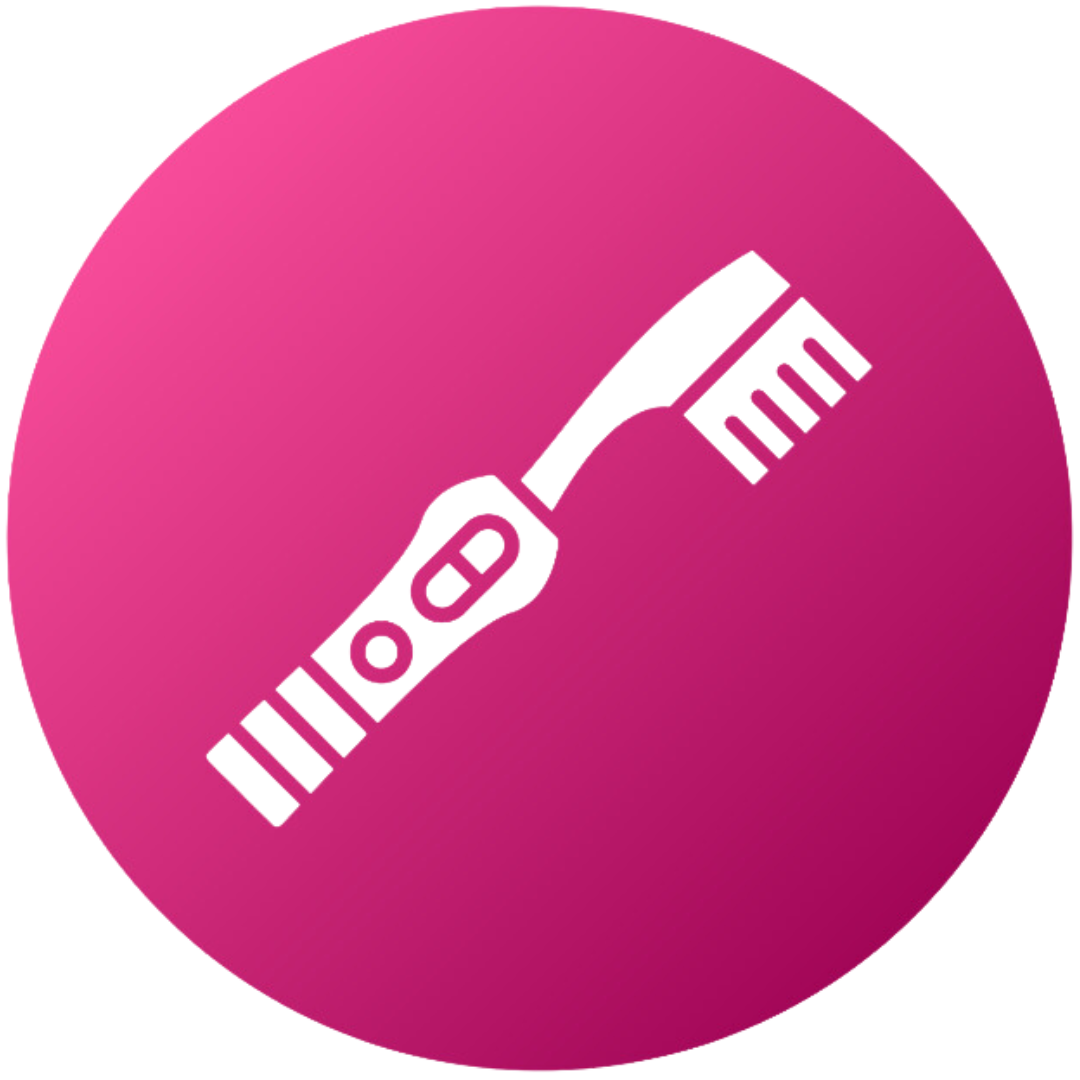
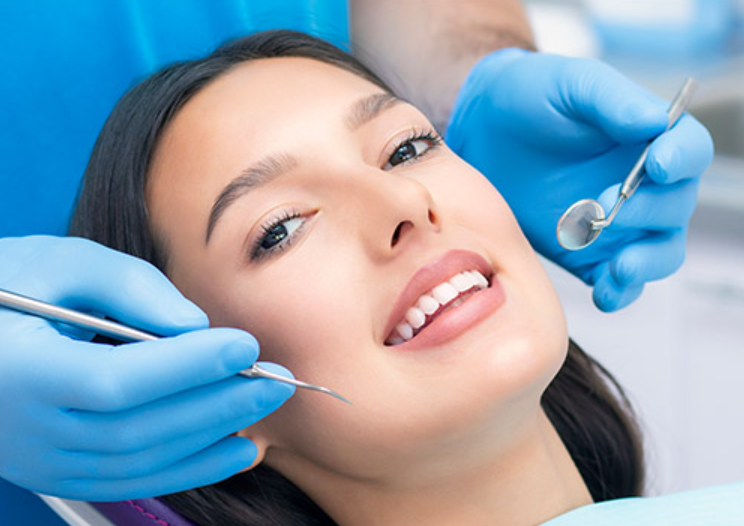
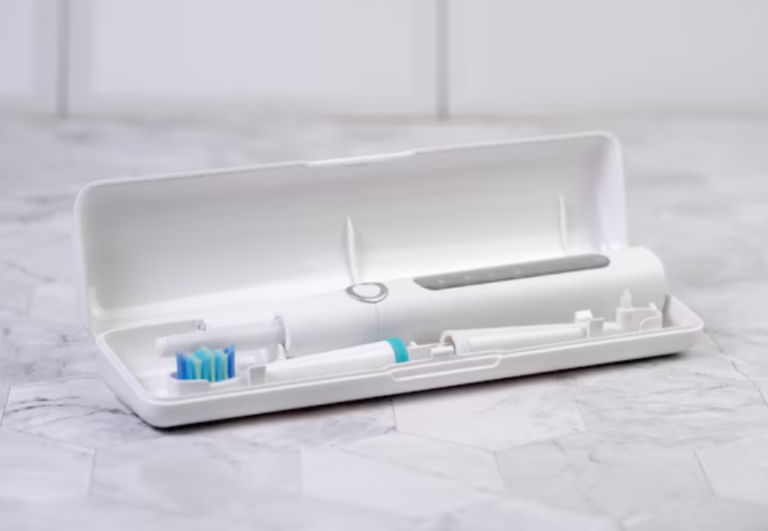
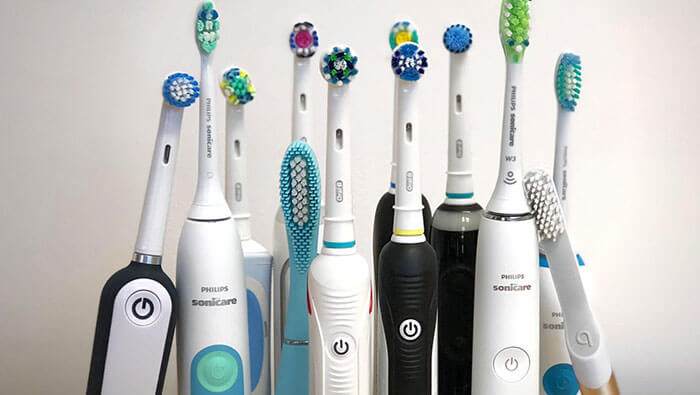

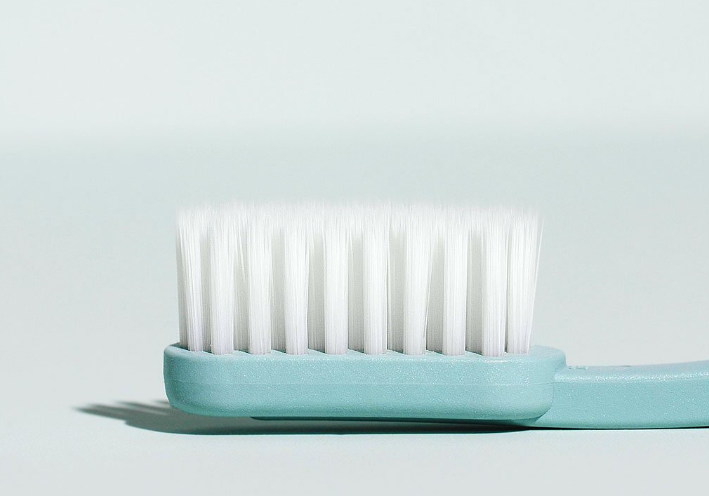
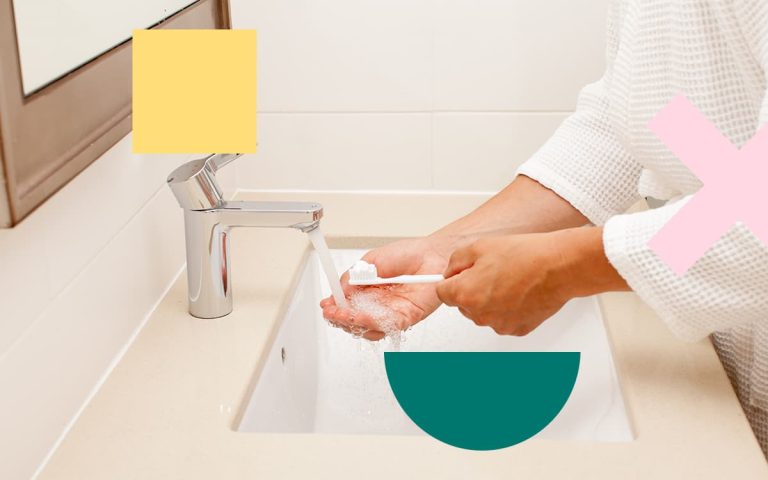
I never realized how important it is to clean my toothbrush regularly! The daily rinsing tips are very helpful. Can I use hot water instead of cold for rinsing? Thanks for sharing!
The weekly deep cleaning methods you mentioned are great! I’ve been using vinegar but didn’t know about hydrogen peroxide. How often should I use these methods?